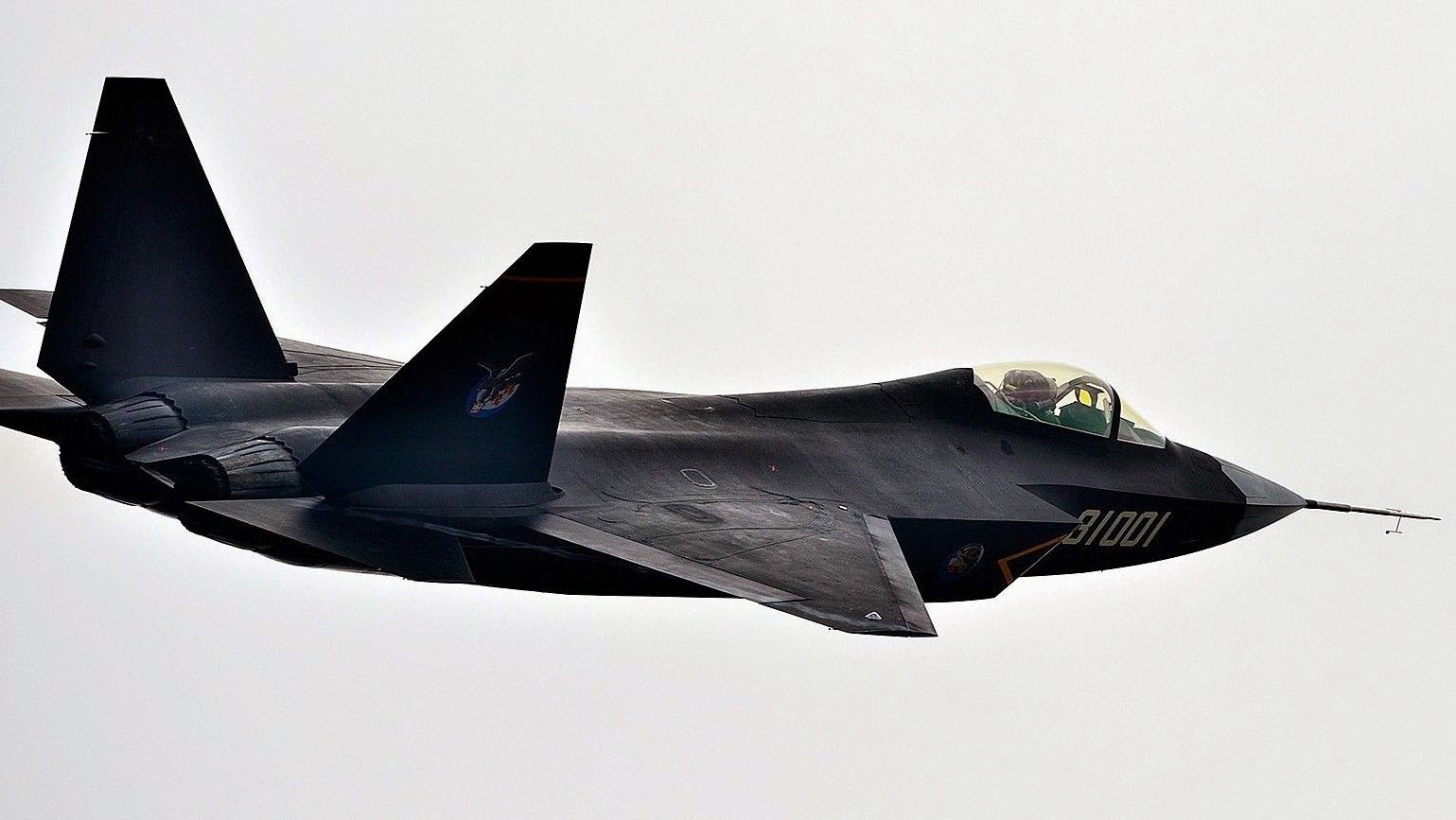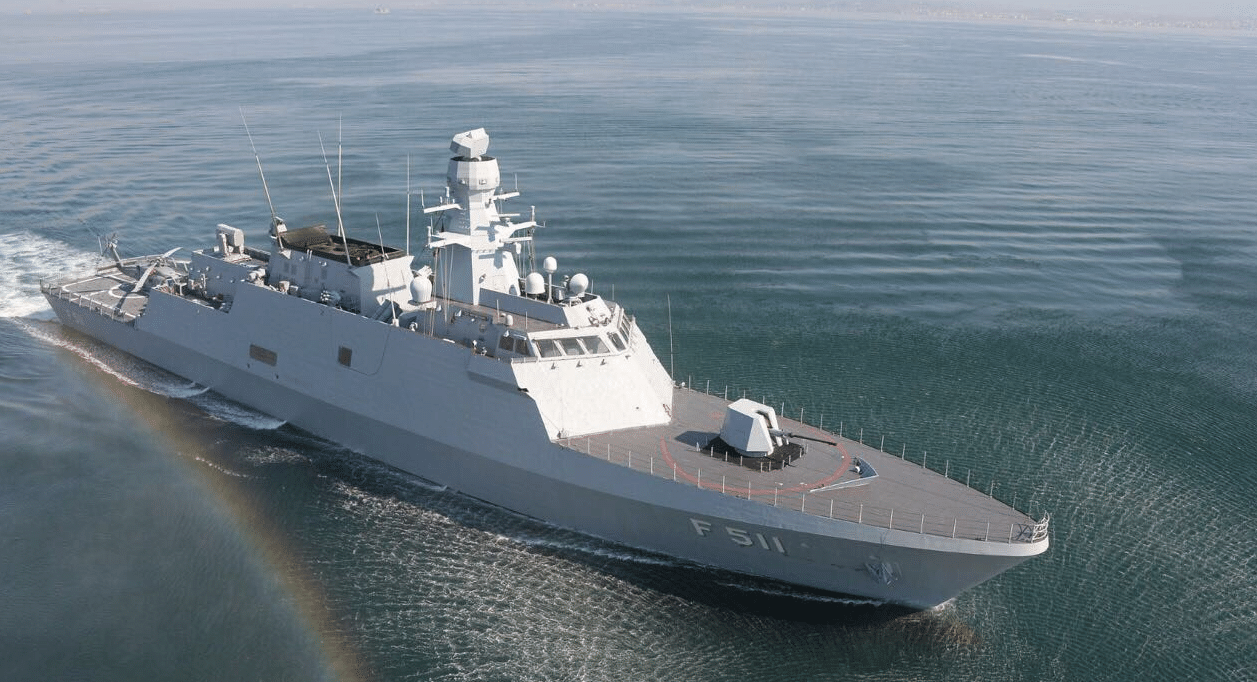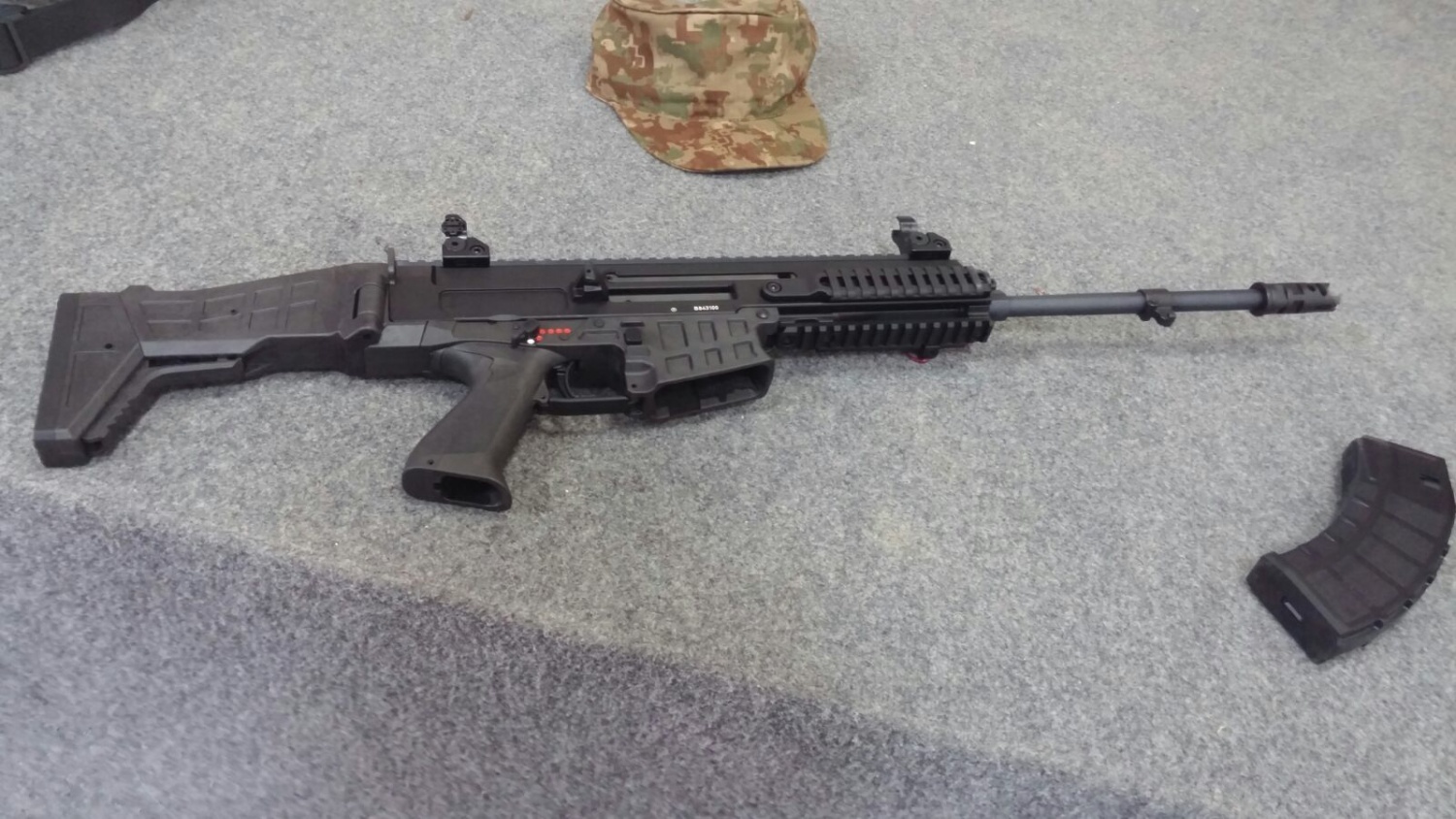2453Views 5Comments

China consolidates aircraft engine development efforts
The Chinese government recently established a new state-owned corporation, the Aero Engine Corp. of China (AECC), which will be responsible for aircraft engine development and production in China.
AECC was formed by consolidating existing state-run efforts to develop modern turbofan engines for civil and defence purposes. Along with the Chinese government, Aviation Industry Corporation of China (AVIC) and Commercial Aircraft Corporation of China (Comac) will also contribute to AECC.
Existing engine development firms, i.e. AVIC Aviation Engine Corporation, AVIC Aero-Engine Controls Co., and Sichuan Chengfa Aero-Science & Technology Co. will become part of AECC.
Notes, Comments & Analysis
By consolidating existing engine development companies, AECC was founded with $7.5 billion U.S. in registered capital and 96,000 employees (China Internet Information Center). AECC will essentially adopt current turbofan (and potentially turboshaft) programs, such as the WS-13, WS-10, etc.
President Xi Jinping has called upon AECC to accelerate indigenous research and development of engine and gas turbine technology in China. It is likely that the consolidation of AVIC’s engine efforts – which are divided between multiple (and seemingly siloed) subsidiaries – is an attempt to rationalize and channel resources. In turn, each entity’s human, technology, and financial capital can be used to perfect core or central technologies, which can then be scaled across different applications.
The next five to ten years will be critical, especially as the People Liberation Army (PLA) increasingly calls upon the domestic defence industry to produce solutions that are at par with those used by China’s geostrategic and political rivals. Moreover, China will continue seeking markets for its high-value aerospace goods, such as transport aircraft, fighter aircraft, and helicopters.
It will be worth watching how AECC organizes existing programs and manages overseas partnerships (e.g. the WZ-16 turboshaft program with France’s Safran Group).



5 Comments
by MT
Great progress made by chinese on turbofan development.
from a rough estimate china have invested 50 bill $ in r&d &;they put in 3-4 bill $ yearly on it
by turn of this decade china would master some of non thrust vectoring engine.
lets hope if india can catch up with china with easier access to American 90 era turbofan technology which Ge has offered to india
by Nate
Stupid question.
They’re certainly pumping a lot of money in. However, what notable progress have they made? Can you sight examples of domestic made engines that are reliable and powerful? My understanding of chinese plane production, is that invariably Russian engines are ordered to replace inferior local models.
by MT
china believes in regressive trial and error methods combined by giant manufacturing powerhouse which definitely delivers but it ll b little time consuming.
They stole many western secret so all they need is to refine their expertise in material science & develop more efficient superalloys which can be used to solve combustion stability
by Nate
therein would seem to lie the crux
develop.
Unless they steal everything that goes into making these engines work, it doesnt look like its happening.
I guess thats the difference between a whole of industry evolved platform which culminates in viable jet building industries, vs stolen implanted catch up tactics. For something this complex, it may not work.
Time will tell i guess.
by Top secret clearence
I think the stealth airplane that flew at mach 6 speed on September 18,2015 is the wave of the future.I think it used two Wang Zhengou turbo-scram jet engines and a grapheme alloy airframe.AIVC has developed (Ti 45Al 8 Ni) a polysynthetic twinned single crystal high temperature,high tensile and high ductile strength alloy for its engines.The new alloy is 50% better than GEnx engines that is used in Boeing 787 airliner.I think AECC is developing a grapheme-titanium-aluminum-niobium alloy that is 10 times stronger.With a trillion dollar surplus and ten million scientists and engineers that were educated in the top University around the world,I think they might be successful.The progress made so far, was the development of quantum communication,quantum radar ,quantum computers,low cost grapheme,WU-14 supersonic missiles,4th generation nuclear reactors and 098 nuclear submarines that use magnetic fluid drive.I do not under estimate Japan and the zero that bomb Pearl Harbor.